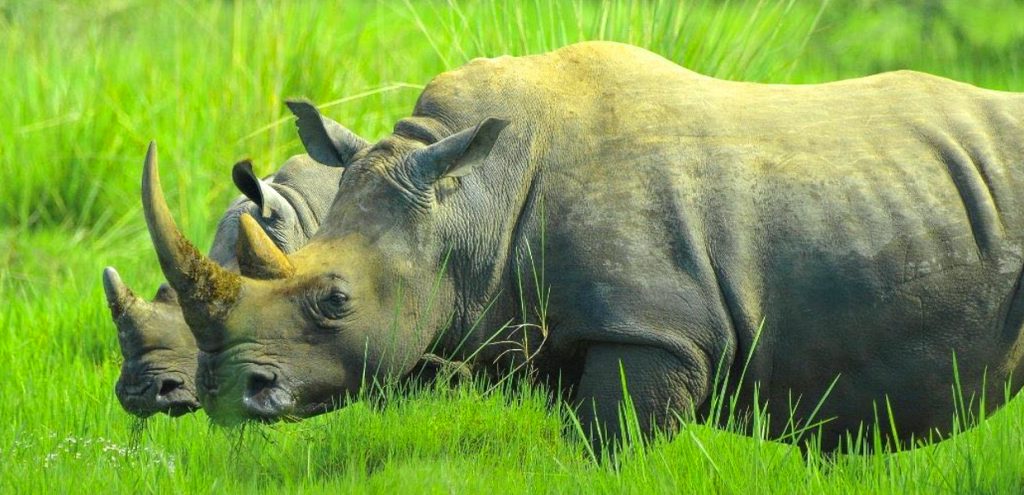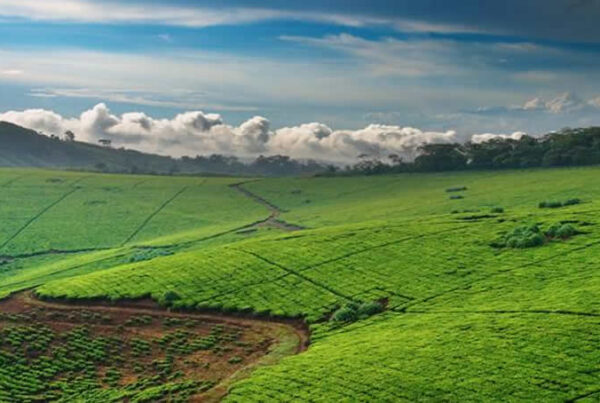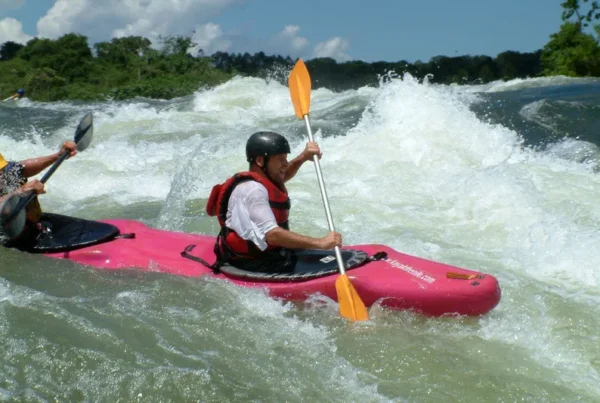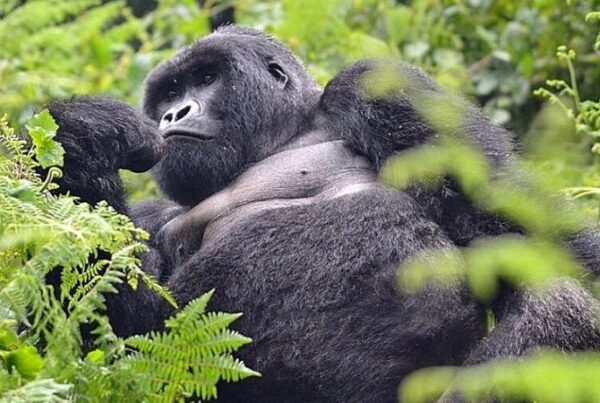Wildlife Photography Tips at Ziwa Rhino Sanctuary: Safety Guide for Photographers
Where Conservation Meets the Lens
There is perhaps no greater thrill for a wildlife photographer than the opportunity to capture rare and endangered animals in their natural habitat. Among Uganda’s many treasures, the Ziwa Rhino Sanctuary stands as a beacon of hope, conservation, and discovery. Nestled along the Kampala–Gulu highway in Nakasongola District, this sanctuary is the only place in Uganda where visitors can encounter wild rhinos up close. For photographers, Ziwa provides a rare stage where artistry, patience, and respect for nature meet. Yet, photographing rhinos is not only about technical skill—it is about safety, awareness, and ethical engagement with the environment.
First-time photographers who enter the sanctuary often arrive with eager anticipation, cameras in hand and hearts racing. But the beauty of this sanctuary demands far more than enthusiasm. It requires a balance between artistic pursuit and personal safety. The following guide explores in detail how photographers can navigate Ziwa Rhino Sanctuary with skill, confidence, and care, ensuring that every captured image honors both wildlife and human responsibility.
Understanding the Landscape of Ziwa Rhino Sanctuary
The sanctuary covers over 70 square kilometers of lush savannah and woodland vegetation, offering a secure environment for rhinos to thrive. Established as part of a national effort to reintroduce rhinos after extinction in the wild, Ziwa is home to both black and white rhinos, alongside a diverse array of wildlife including antelopes, bushbucks, monkeys, and an impressive array of bird species.
For photographers, this landscape provides multiple opportunities. The open savannah allows for wide-angle shots of rhinos grazing under acacia trees, while the thickets present challenges that demand patience and creative framing. The presence of wetlands adds to the diversity of photographic compositions, often reflecting the silhouettes of these gentle giants at dawn and dusk. However, this very diversity also demands an understanding of terrain, animal behavior, and guided exploration, all of which ensure both safety and photographic success.
Safety as the Foundation of Photography
It is often said that the most powerful wildlife photographs are taken by those who respect distance, silence, and the natural rhythm of animals. At Ziwa Rhino Sanctuary, this philosophy becomes non-negotiable. Rhinos, despite their calm appearance, are powerful animals capable of great speed and aggression when threatened. A photographer’s safety begins with following the guidance of trained rangers who accompany every trek.
Approaching rhinos without permission or ignoring safety protocols can turn a photographic moment into danger. The sanctuary’s rangers are trained not only to protect visitors but also to interpret rhino behavior, signaling when it is safe to capture images and when it is time to step back. Photographers must therefore view their camera not as a shield but as a tool that requires responsible use. Remaining calm, composed, and quiet during encounters ensures that rhinos remain undisturbed, allowing authentic and natural photographs to be captured.
The Art of Preparation: Gear and Positioning
Wildlife photography at Ziwa is not simply about pointing and clicking. It is about preparation that merges technical skill with environmental awareness. Carrying long telephoto lenses enables photographers to capture close-up details—such as the rugged texture of rhino skin or the softness of a calf’s gaze—while maintaining a safe distance. Tripods or monopods provide stability for low-light shots, especially during dawn and dusk when wildlife is most active.
Equally important is positioning. Moving silently and maintaining a low profile minimizes disturbance. Photographers are encouraged to crouch or remain at angles that do not challenge or provoke the rhinos. Shadows, wind direction, and background elements must all be considered to create compositions that are both safe and visually compelling. Preparation also extends to carrying sufficient batteries, memory cards, and protective coverings for gear, as the sanctuary’s weather can shift quickly from bright sunshine to sudden rain.
Reading Animal Behavior Through the Lens
Perhaps the most overlooked aspect of wildlife photography is the ability to interpret animal behavior. At Ziwa, rangers consistently emphasize the importance of observing before photographing. Rhinos communicate through body language: ears twitching, nostrils flaring, or tails flicking may indicate alertness or agitation. Understanding these signals ensures that a photographer does not intrude at critical moments.
Calves, often shielded by their mothers, must be approached with extreme caution, as maternal instincts can trigger defensive reactions. Patience becomes the photographer’s greatest ally. Sometimes the most extraordinary shots arise not from chasing a scene but from waiting silently, allowing the rhinos to move naturally into frame. By respecting behavior, photographers not only capture better images but also contribute to ethical storytelling that honors the sanctuary’s mission.
The Role of Light and Time
Ziwa Rhino Sanctuary offers a canvas where light transforms each moment into a masterpiece. Early mornings often bring soft golden hues that highlight the rhinos’ silhouettes against misty backdrops. Midday presents harsher light, demanding careful adjustment of settings to avoid overexposed images. Evenings deliver dramatic skies where shadows dance across the savannah, creating opportunities for breathtaking compositions.
Choosing the right time for photography is not just about aesthetics but also about safety. Morning and evening treks are often cooler, reducing animal agitation and ensuring a calmer atmosphere for observation. Photographers who align their work with these natural rhythms not only achieve stunning results but also ensure encounters occur in safer, more predictable conditions.
Balancing Creativity with Conservation Ethics
Wildlife photography is not an isolated pursuit of beauty; it carries the weight of responsibility. At Ziwa Rhino Sanctuary, each photograph becomes a voice in the story of conservation. By portraying rhinos with dignity and respect, photographers contribute to awareness campaigns that strengthen support for their protection.
Ethical practice demands that no shot is worth endangering either the photographer or the animal. Baiting, loud noises, or invasive movements are prohibited, as they compromise the sanctuary’s core mission. Photographers are encouraged to allow their images to tell stories of harmony rather than disturbance, showcasing rhinos in ways that inspire admiration and advocacy. This alignment between creativity and conservation not only produces meaningful art but also strengthens the global narrative of saving endangered species.
Immersing in the Full Experience
While rhinos remain the central attraction, Ziwa offers far more for photographers willing to explore beyond the giants. Over 300 bird species, including the shoebill stork, present unique opportunities for bird photography. Wetlands, forests, and open plains each reveal ecosystems that enrich the portfolio of any photographer. By diversifying subjects, visitors ensure that their time in the sanctuary is maximized, capturing not just rhinos but the interwoven fabric of life that defines Uganda’s wilderness.
Immersion also involves learning from rangers and community members whose stories bring depth to the photographs. Understanding the cultural and ecological significance of the sanctuary adds narrative power to images, transforming them from simple snapshots into testimonies of conservation success.
Best Practices for First-Time Visitors
For those setting foot in Ziwa Rhino Sanctuary for the first time, the journey is both humbling and exhilarating. Patience, preparation, and guidance form the backbone of success. The sanctuary’s rules are designed not to limit creativity but to protect both wildlife and visitors. By embracing these guidelines, photographers discover that safety enhances, rather than hinders, creativity.
Every detail, from walking softly on the trails to silencing camera shutters when necessary, becomes part of a greater discipline. This discipline fosters images that are not only striking but also respectful, reminding the world that art and safety coexist in the heart of conservation.
Capturing the Spirit of Ziwa Safely
The art of photographing wildlife at Ziwa Rhino Sanctuary is not defined solely by lenses or camera settings. It is defined by awareness, patience, and respect. Photographers who enter this sanctuary with humility discover that safety and artistry move hand in hand. Each image captured becomes a reflection of Uganda’s commitment to conservation and a personal testament to the beauty of coexistence.
Ziwa teaches that the best photographs are born when the photographer becomes invisible, allowing the rhinos to reveal themselves naturally. Through guided treks, patient observation, and ethical practice, first-time and seasoned photographers alike find the sanctuary to be both a challenge and a gift.
For those inspired to begin this journey, the most rewarding experiences are achieved when safaris are arranged with trusted experts. It is therefore highly recommended to book African tours and safaris through WildHorn Africa, a dedicated partner in creating safe, memorable, and transformative wildlife experiences.





 WildHorn Africa – Authentic and unforgettable tours across Africa, guided by local experts who know the land, wildlife, and culture best.
WildHorn Africa – Authentic and unforgettable tours across Africa, guided by local experts who know the land, wildlife, and culture best.


